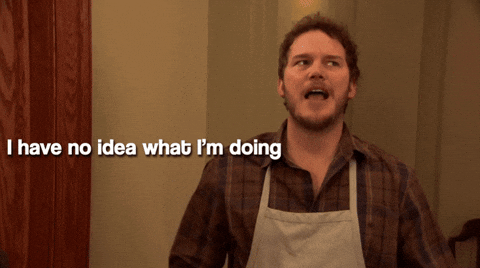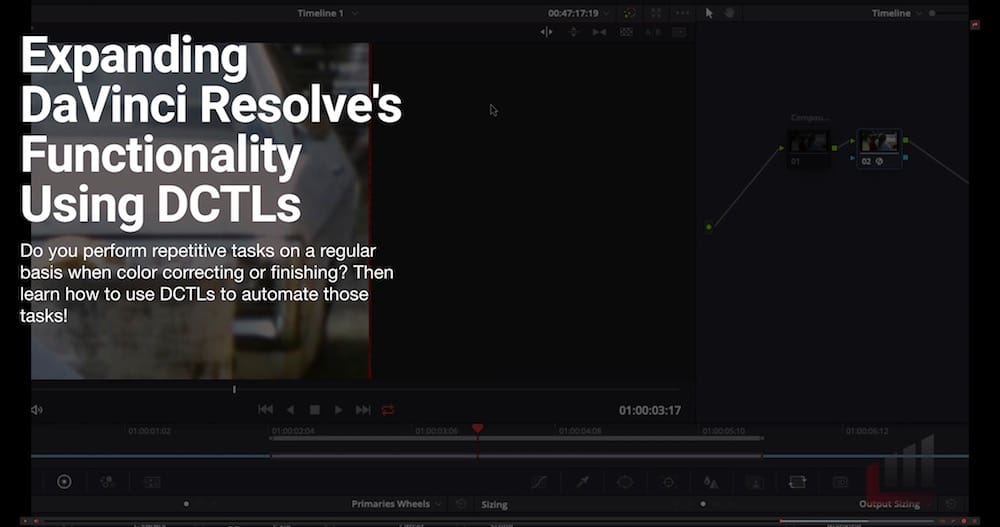#459 – Grading Tools for Editors

I am an editor. I'm not a colorist.
I often say I'm an editor who grades.
I know enough to know how much there is I don't know, but more than enough to get by.
So whenever I can use tools that professional colorists are using to get better results with what (mostly) amounts to a few clicks here and there, I'm interested.
In this issue of Cut/daily I'll share some tools and resources that can help you do just that.
But first, a digression.
1. Test your friends on the Cut/daily Quiz!
2. Discover the most-watched new trailers on the internet

Digression: Thanks to everyone who emailed me their thoughts on last week's issue of Cut/daily, #458 – Can I do this? I can do this.
Here's what stuck with me:
My two cents is an editor needs to be both intuitive, decisive, skilled and organized to be able to edit at the speed of thought. But wise enough to understand that often, great things take time as well.
Every film is it’s own thing and so should every edit.
— Stephen V Stone
I give myself sub-deadlines. Shifting through the rushes by that time/date, building a precut by that time, first cut of those scenes by that time, and so on.
I am strict with it, I start every project writing down those subdeadlines on a to do list.
— Jan Bockaert
I regularly edit 52-minute documentaries for Swiss Italian Television in just 20 days, no matter how much material comes into the edit suite!
It can be done, of course—but it’s also incredibly intense. You have to be extremely clear on your ideas and on the fundamentals of audiovisual storytelling from day one.
— Alberto Bernad
DCTLs > LUTs

There are many ways to transform the look of your image.
LUTs are a rigid way to do it.
DCTLs offer a more bespoke method to transform the values of your pixels.
There are are few different categories of LUTs that are worth understanding:
- Technical LUTs – Moving your image from LOG to Rec 709.
- Creative LUTs – That 'blockbuster' Look you're clamouring for.
- FPE LUTs - Film Print Emulation LUTs - make it look more like film.
What are LUTs
A LUT (Look Up Table) is basically a mathematical table that says if the input value is 1 make the output value 7. If the input is 0 make the output 5 – or whatever, these numbers are arbitrary, it is just a conversion matrix – take this, make it that.
This can happen to the image overall or per colour channel (RGB). For example, in the red channel, use LUT A to make 1 = 7, but in the blue channel, use LUT B to make 1 = 15.
Download hundreds of free LUTs here, and find professionals making rather nice ones too.
What are DCTLs?

DCTL stands for DaVinci Colorspace Transform Language, a simple coding language that allows you to build custom tools to adjust your image in any way you choose.
DCTLs can be used in the node tree just like LUTs. But unlike a LUT they don’t hard clip. You maintain 32-bit floating point processing using them.
To me, the real power of the DCTL is in the OpenFX panel – DCTLs can be created to expose properties for the colorist to adjust. They work like a plug-in, but are much easier to write.
– Colorist, Joey D’Anna
For an introduction to DCTLs and coding your own, check out this MixingLight.com Insight from colorist Joey D'Anna. It's behind the paywall but you can get a 7-day free trial.
He explains how he created:
- A better letterbox overlay
- A customisable Title-safe generator, with a range of aspect ratios
- A blanking-error detector/visualiser with custom controls
This last tool is particularly handy for documentary work, where you might be managing a lot of different source material. It helps you see where the image might not be completely filling the frame, which could result in embarrassing and time-consuming QC rejections.
FYI: You'll need Resolve Studio (paid version) to use DCTLs.
